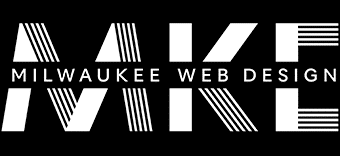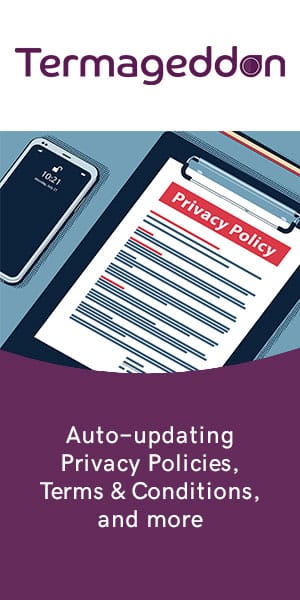Business Hours
Monday through Friday:
9AM to 5PM CST
Saturday & Sunday: Closed
We work with clients
nationwide.
Our Locations
Need Assistance?
Need some support? Have some new ideas for your project? Submit a support ticket and we’ll be in touch shortly.






















